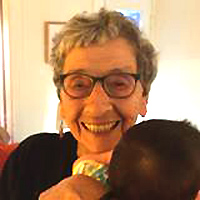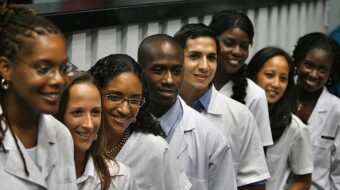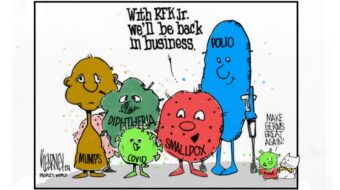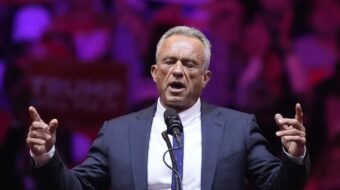
U.S. and Cuban scientists engaged in “science diplomacy” recently when they signed an agreement that furthers scientific and medical cooperation. The deal was inked after a delegation from the American Association for the Advancement of Science (AAAS) visited Havana for a three-day tour hosted by the Cuban Academy of Sciences and other institutions. Although Cuba is a logical partner for the United States to collaborate with on medical research and development, the longstanding U.S. embargo severely limits trade, travel and exchanges with the island nation.
“This trip was a wonderful opportunity to reinvigorate the long-standing friendship between U.S. and Cuban scientists and to form a specific plan of action,” biologist Gerald Fink said. Fink is current President of AAAS, the largest organization of scientists in the United States. The plan of action covers four areas in the life sciences: emerging infectious diseases, brain disorders, cancer and antimicrobial drug resistance.
An article in Science April 24, 2014, published by AAAS, reports, “The country has committed a large amount of its resources to its scientific, medical and public health systems, including a hardy biotechnology industry that exports a number of vaccines, antibody based drugs, and other medical technologies.” (The magazine does not add that the U.S. blockade prevents people in the United States from benefiting from Cuban medical exports.)
Science also reports that life expectancy in Cuba is as high as in the United States. A large aging population gives rise to many common interests in fighting cancer and diseases of older people. Both countries are also at risk for mosquito-carried viruses such as dengue and chikungunya. To date, there is no vaccine for either disease.
Neither Cuba nor the U.S. has ever had a known case of chikungunya. But it is spreading across Caribbean Islands and both countries are concerned. In December it was spreading In Saint Martin by mosquitoes infected with the disease. That is just the kind of issue where international cooperation among scientists can save lives and turn back the disease. However, scientists from both Cuba and the U.S. noted that U.S. scientists were still limited in their travel to Cuba.
To read more about the AAAS trip and a fascinating history of Cuban science and medicine go to “Science diplomacy visit to Cuba produces historic agreement” on aaas.org.
Photo: Science diplomacy in action: The AAAS-led science diplomacy group (left) meets with its hosts at the Cuban Academy of Science. (Kathy Wren/Flickr)







Comments